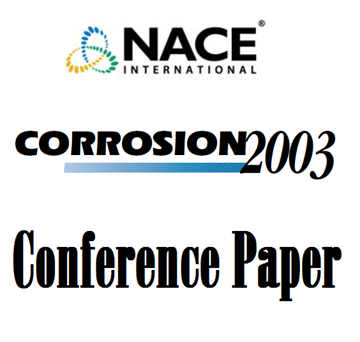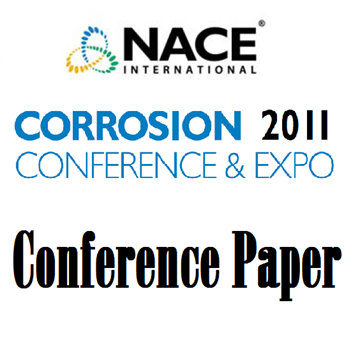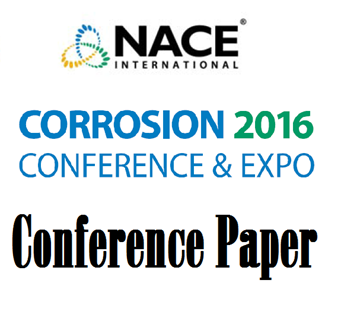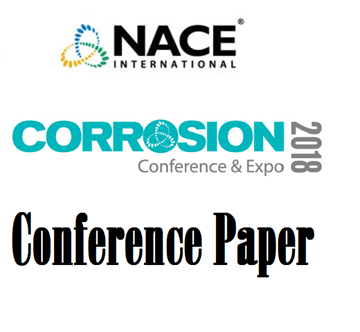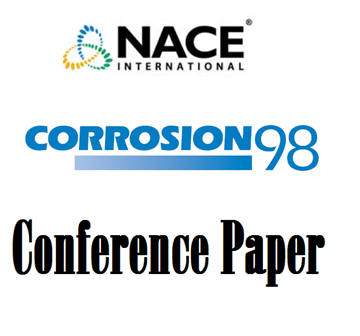Search
Products tagged with 'oxygen'
View as
Sort by
Display
per page
03269 Observations of Corrosion of Electric Resistance Welded Galvanized Steel Pipe in Domestic Potable Water
Product Number:
51300-03269-SG
ISBN:
03269 2003 CP
Publication Date:
2003
$20.00
07663 The Effect of Oxygenated Methanol on Corrosion in Sour Wet Gas Environments
Product Number:
51300-07663-SG
ISBN:
07663 2007 CP
Publication Date:
2007
$20.00
11120 Sulfur Corrosion Due To Oxygen Ingress
Product Number:
51300-11120-SG
ISBN:
2011 11120 CP
Publication Date:
2011
$20.00
51316-7188-Failure Analysis and Investigation Methods of Boiler Tubes Corrosion/Case Study
Product Number:
51316-7188-SG
ISBN:
7188 2016 CP
Publication Date:
2016
$20.00
51318-11142-Weld preferential high temperature sulfidation
Product Number:
51318-11142-SG
Publication Date:
2018
$20.00
98417 TITANIUM AS REACTOR MATERIAL FOR SCWO APPLICATIONS.FIRST EXPERIMENTAL RESULTS
Product Number:
51300-98417-SG
ISBN:
98417 1998 CP
Publication Date:
1998
$20.00
A Review Of Chloride Stress Corrosion Cracking Factors For Austenitic Stainless Steel
Product Number:
51322-17524-SG
Publication Date:
2022
$20.00
Corrosion Of Wrought And Cast Ni-Fe-Cr-Mo Alloys In High-Temperature Brines And CO2-Rich Supercritical Phases With Oxygen And Hydrogen Sulfide
Product Number:
51322-17882-SG
Publication Date:
2022
$20.00
Corrosion Risk Assessment for Reinjection of Aerated Condensate
Product Number:
51323-19023-SG
Publication Date:
2023
$20.00
CP of Steel in Soil: Temporospatial pH and Oxygen Variation as a Function of Soil Porosity
Product Number:
51321-16313-SG
Publication Date:
2021
$20.00
Determination Of Oxygen Limits For Corrosion Resistant Alloys (Cras) In Oil & Gas Produced Water Based On Electrochemical Test Methods – Part 1
Product Number:
51322-17939-SG
Publication Date:
2022
$20.00
Determination Of Oxygen Limits For Corrosion Resistant Alloys (Cras) In Oil & Gas Produced Water Based On Electrochemical Test Methods – Part 2.
Product Number:
51322-17947-SG
Publication Date:
2022
$20.00
- 1
- 2

